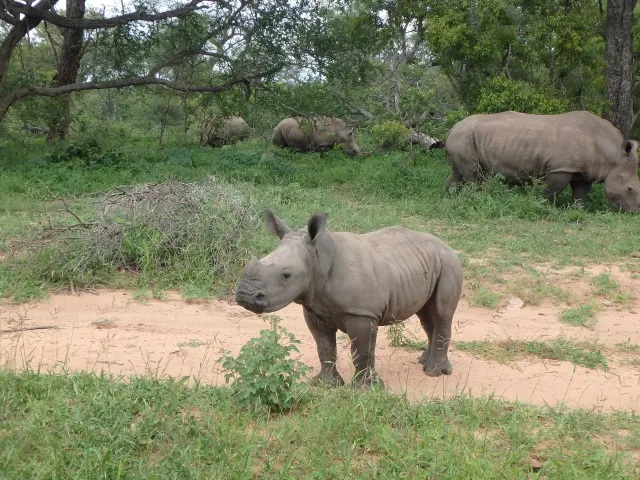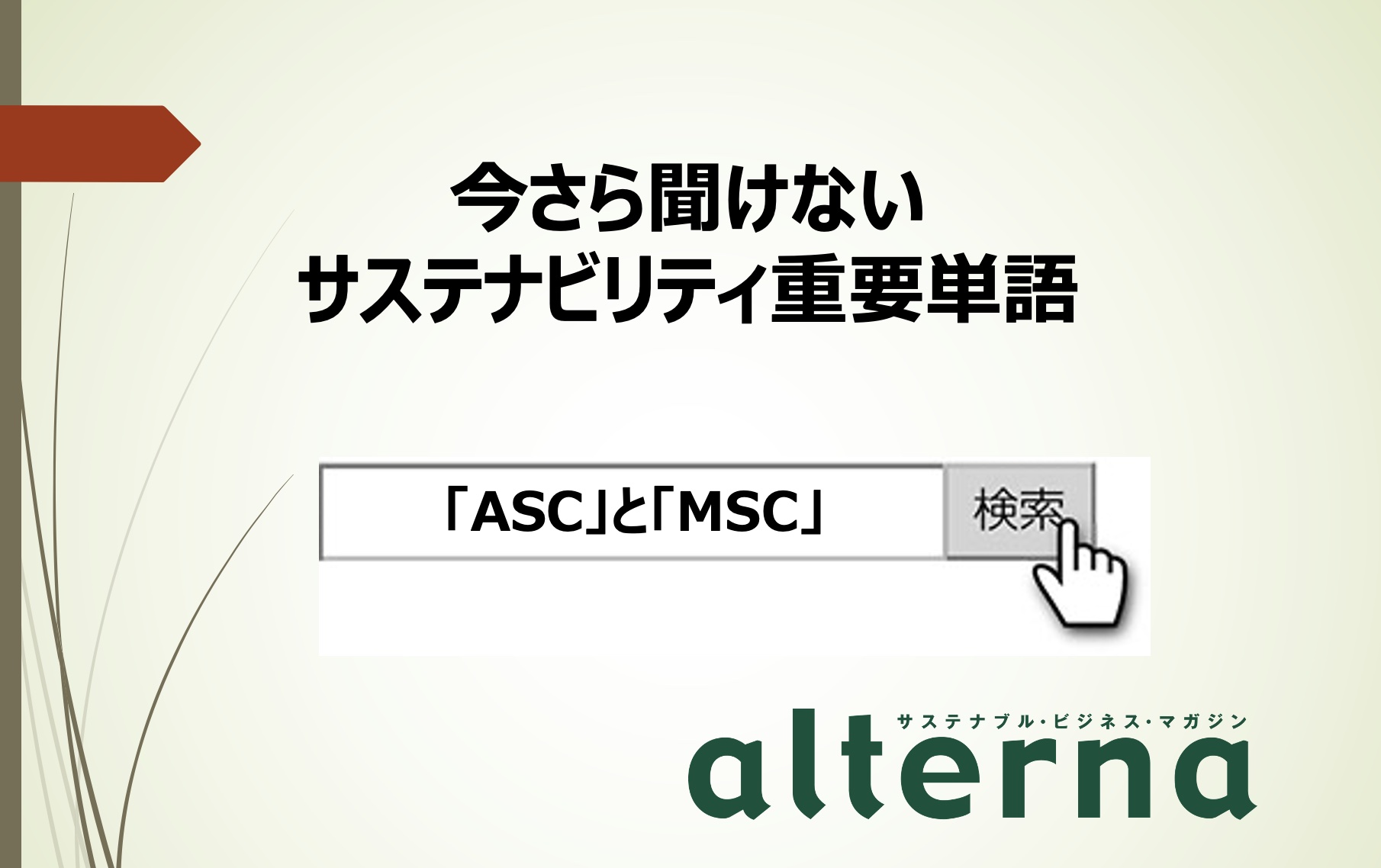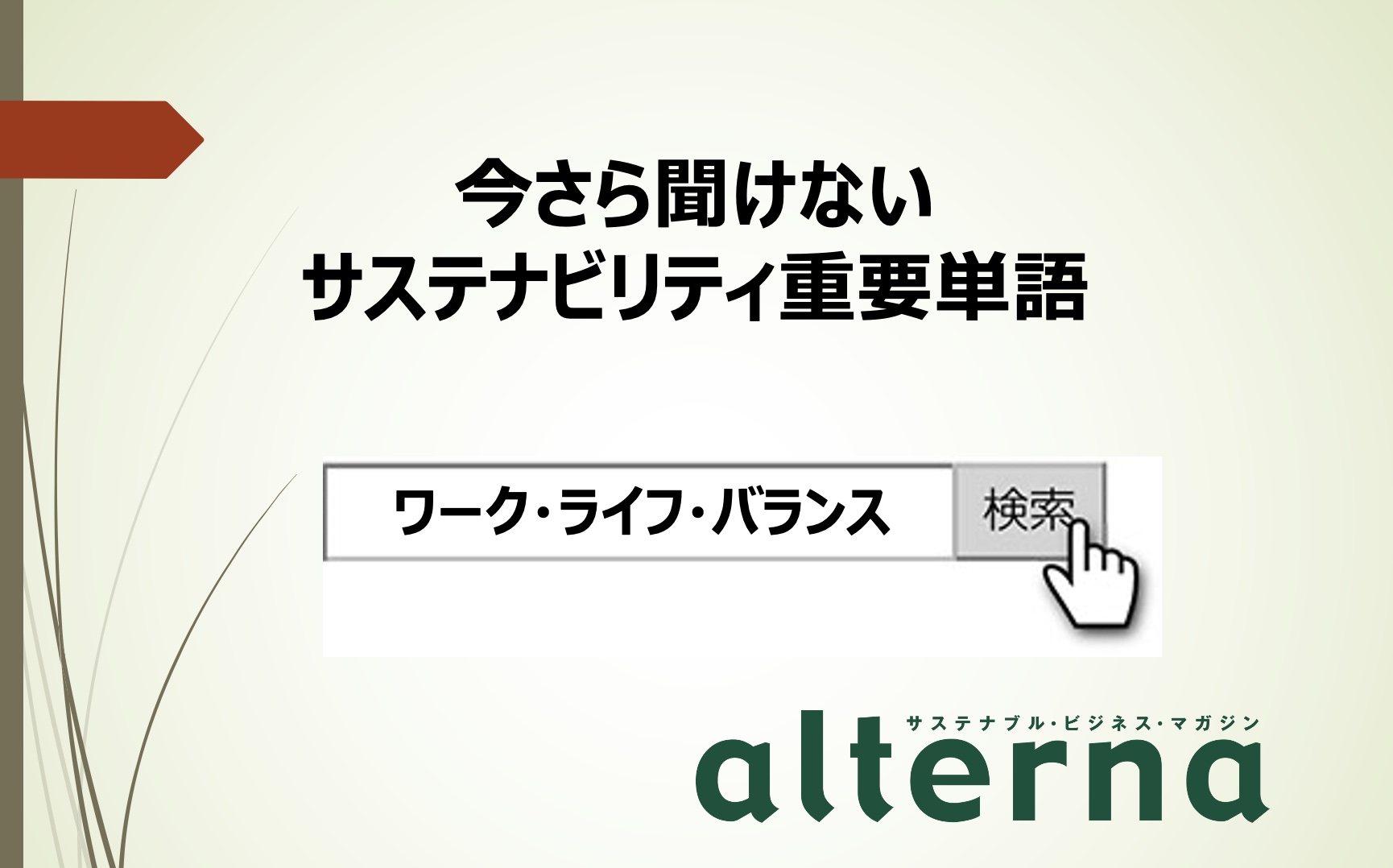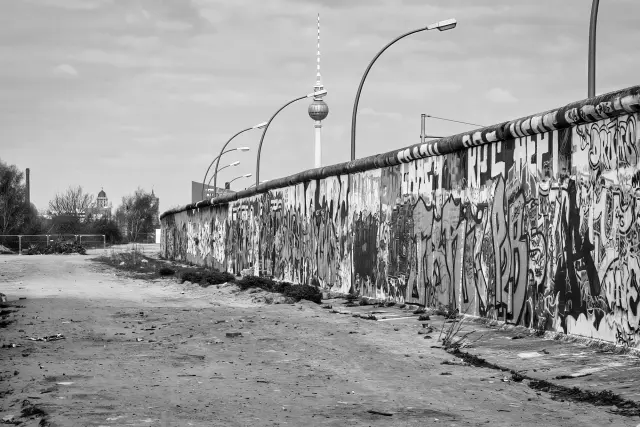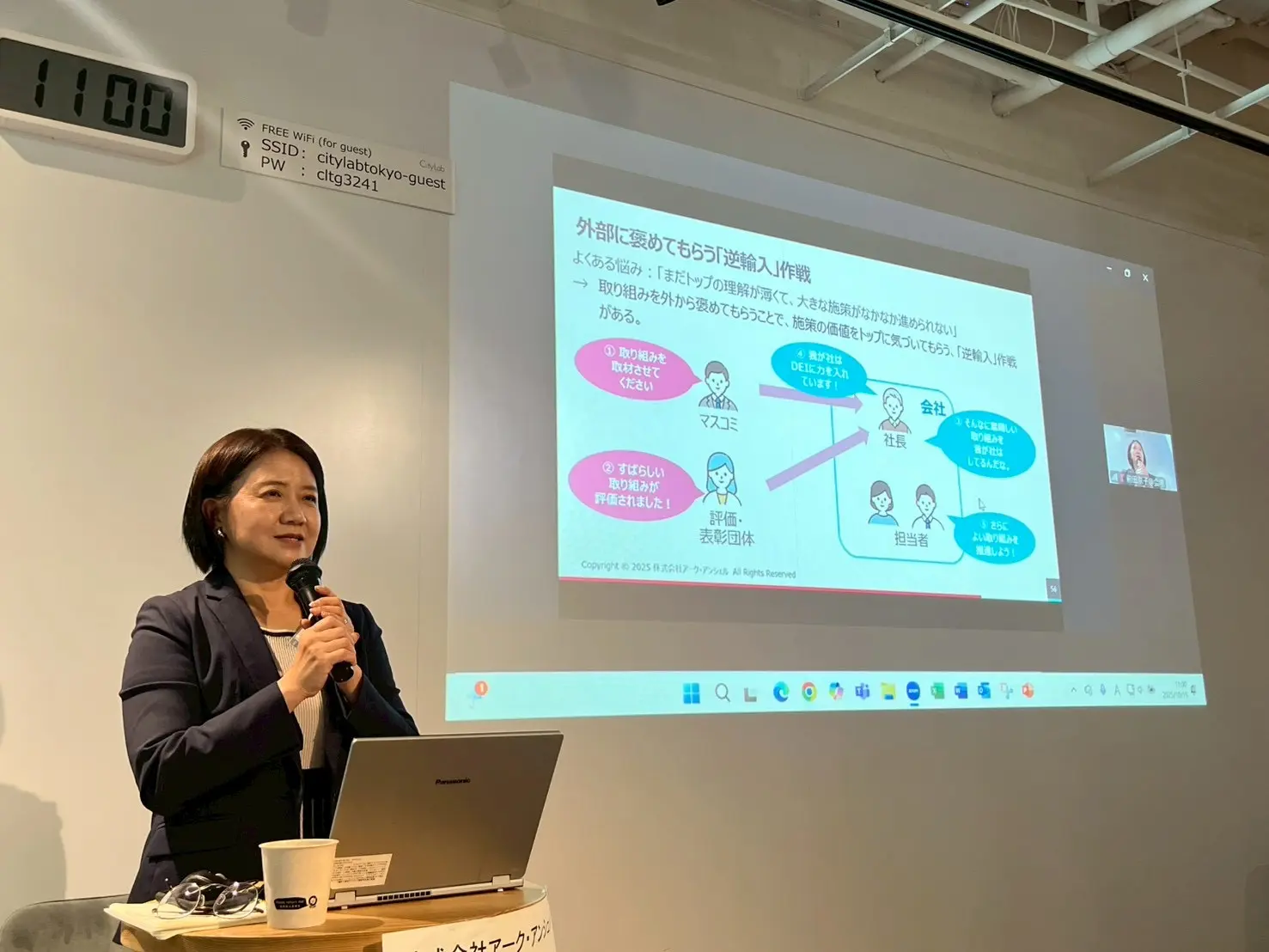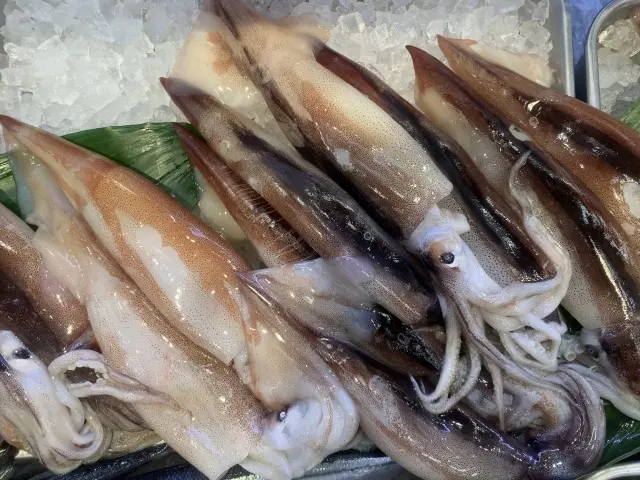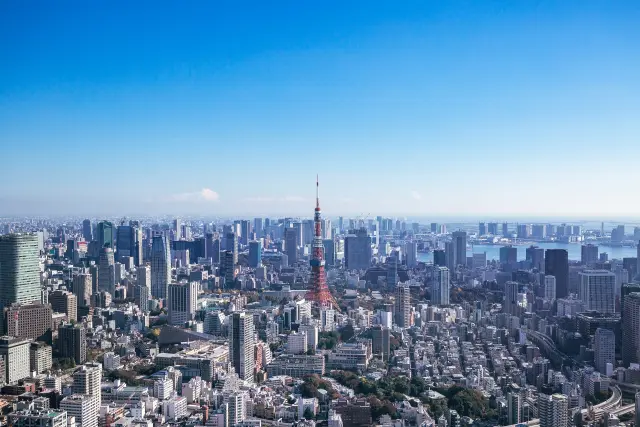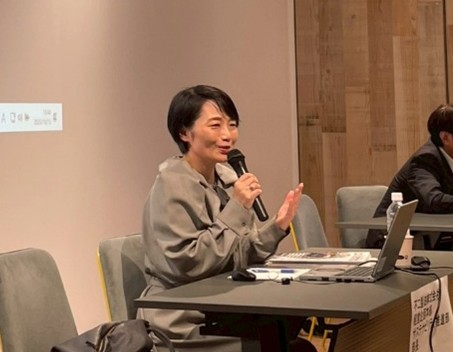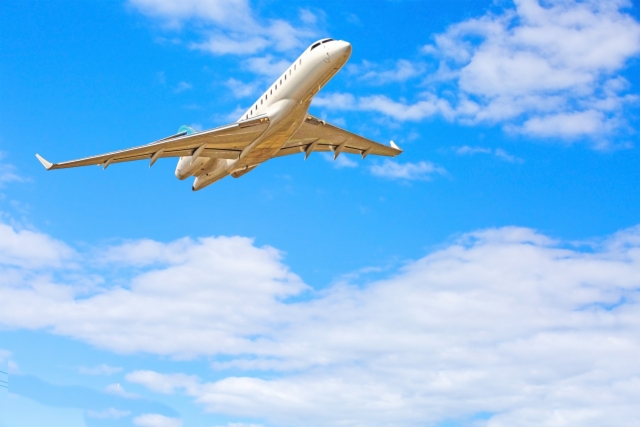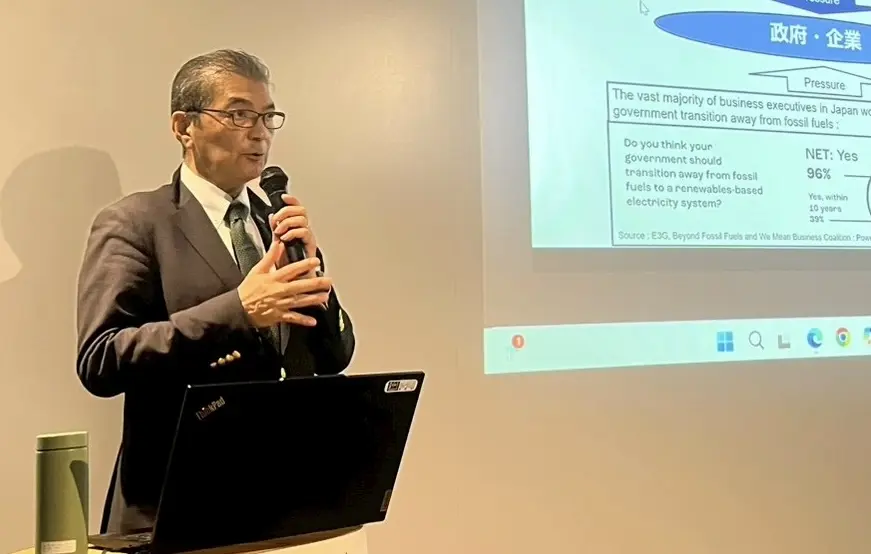記事のポイント
- 2024年7月から、富士山の山梨側「吉田ルート」は初の通行料2000円を課す
- オーバーツーリズムの時代、入場料を徴収する世界遺産や国立公園は増加した
- 「吉田ルート」で始まる新たな社会実験は3つの疑問を投げかける
2024年7月から、オーバーツーリズムへの対応として、富士山が初の通行料2000円を課す。この新たな社会実験について、立命館アジア太平洋大学サステナビリティ観光学部のジョーンズ・トマス教授に寄稿してもらった。
The original English text follows the Japanese text. (日本語の後に英語の原文が続きます。)
■オーバーツーリズムに対応する世界遺産や国立公園
米国イエローストーン国立公園など、世界的に有名な国立公園は、長年にわたって訪問者から入場料を徴収する政策を取ってきた。多くのユネスコ世界遺産でも入場料を徴収している。イタリアのヴェネツィアは 2024 年 4 月から、週末やその他の繁忙期に日帰り観光客から 5 ユーロ(約860円)の入場料の徴収を始めた。
富士山は約90年前の1936年に国立公園に指定されたが、入場券や利用料はなかった。しかし、「チップ」トイレ制度はすでに導入されており、2013年の世界遺産登録以降は、5合目で、新たに1,000円を目安とした環境保全協力金が始まった。
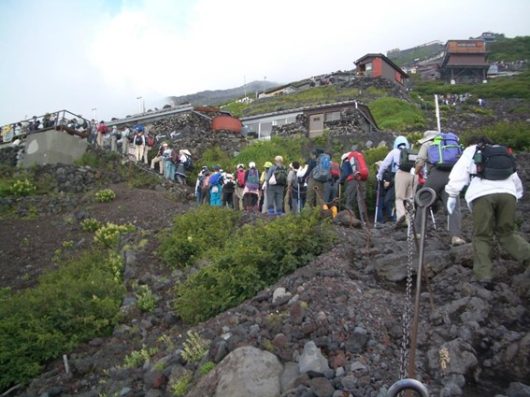
(写真提供:ジョーンズ・トマス)
7月から始まる2024年の夏シーズンには、山梨県側に限り、新たに2000円の通行料を導入する。富士山の公式ウェブサイトによると、この資金はゲートの整備や運営費、安全対策や危機管理などに使われる予定だという。
学術的にいえば、このような利用者負担金は、さまざまな世界遺産の目標に貢献し、文化保全や自然解説用の基金を補うほか、観光客の数を減らし、ピークの時間帯やエリアを分散させることで 「オーバーツーリズム」対策にもつながる。
例えば、ヴェネツィア訪問に対する新たな「観光税」は、午前8時30分から午後4時までのみ施行され、夕食やコンサートを満喫するナイターには適用されない。
■新通行料が投げかける3つの疑問
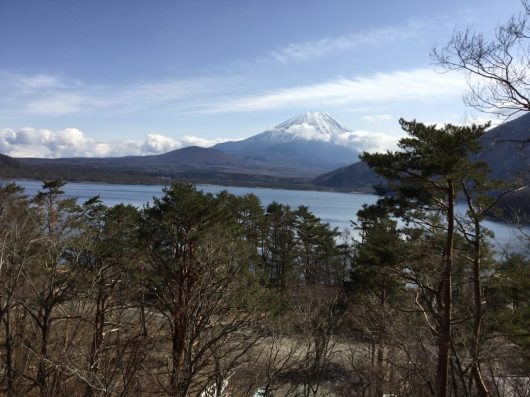
(写真提供:ジョーンズ・トマス)
富士山では逆に夜の利用が規制の対象となり、山小屋に泊まらずに登頂しようとする「弾丸登山者」を防ぐため、吉田口登山道は午後4時から翌朝午前3時まで通行止めとなる。
コロナ前には、8月の土曜から日曜日の朝にかけてご来光を見るために、一日には7000人以上(最大で1万人以上)の登山者が富士山頂(3776メートル)に群がっており、これに対して規制する手段を持たなかった。しかし新たな制度では、山梨県側で1日当たりの登山者数の上限を4000人に制限する。
しかし、新たな制度は、3つの疑問を投げかける。
一つは、この新しい政策は山梨側のみに導入され、静岡側には導入されない。
二つ目は、これから始まる夏シーズンに、2000円の通行料のかかる北麓(山梨県側)からの登山を回避し、富士山の南側、つまり静岡サイドにある3つの登山道を選択する登山者がどれだけ増えるのか。
三つ目の、山梨サイドの急激な料金値上げで、日本人登山者が減り、代わりに外国人の割合がさらに増えるかどうかも、社会実験としては興味深い。
海外の例から考えると、ボルネオ島にある世界遺産キナバル山(4095メートル)では、外国人の登山許可証の料金がマレーシア国内の登山者の4倍ほど高い。一方、台湾の玉山(3952メートル)は、登山許可は無料だが、山頂近くの山荘で宿泊できるベッドの数を厳しく制限している。宿泊予約はオンラインでの抽選システムで、外国人登山者向けに確保されているのは 24床だ(金曜日と土曜日を除く)。
富士山の新たなシステムには多くの疑問点が残っている。
しかし、限定的に、事前登録制度の導入によって、登山者の数をより正確に把握し、特に火山の噴火などの自然災害時には、登山者の位置特定に役立つことが期待される。
(原文)
Over-tourism at Mt Fuji: Issues surround a new climber fee
Keypoints
- Starting from July 2024, the Yamanashi side of Mt Fuji introduced a new hiking fee of 2,000 yen
- In an era of “over-tourism,” more and more world heritage sites and national parks are charging an entrance fee
- Question marks still surround the new experiment starting on the Yoshida trail.
World famous national parks such as Yellowstone in USA have long since had a policy of charging entrance fees from visitors. Many UNESCO World Heritage sites also charge an entrance fee and from April 2024, Venice started collecting a 5 euro (approx. 860 JPY) fee from day-trippers during weekends and other peak periods.
Mount Fuji was designated as a national park in 1936, almost 90 years ago, but entry tickets and user fees have not traditionally been charged. However, a “tip” toilet system was already in place and after listing as a UNESCO world heritage site in 2013, a new environmental conservation donation was introduced at the 5th station with a recommended rate of 1,000 yen.
When the 2024 summer season begins in July, a new hiking fee of 2,000 yen will be introduced on the Yamanashi side only. According to the official Mt Fuji website, the money will be used for purposes including gate maintenance and operational fees, risk management and safety guidance.
In theory, charging visitor fees can support various world heritage goals such as supplementing revenue for conservation and interpretation; reducing visitor numbers; and displacing visitor peaks to an alternative area or time to help mitigate “over-tourism”.
For example, the new “tourist tax” to visit Venice is only enforced from 8.30 am until 4 pm and does not apply to evening visits for dinner or a concert.
Conversely at Fuji restricting night use is the target, as the Yoshida trail will be closed from 4:00 pm until 3:00 am the next morning to prevent “bullet climbers” who attempt to summit without staying in a mountain hut. Pre-covid peaks used to see over 7,000 climbers (occasionally over 10,000 climbers) swarming to the summit of Fuji (3,776 m) to see sunrise on a busy Saturday night in August to see sunrise at dawn on Sunday morning, but the new system will introduce a cap of 4,000 climbers per day on the Yamanashi side.
However, the new policy will only be introduced in Yamanashi not Shizuoka Prefecture, so it is unclear how many climbers will simply divert from the north face and use one of the three trails on Fuji’s south side to avoid paying the new fee.
It will also be interesting to see if the proportion of international climbers increases even further as domestic Japanese climbers are “priced out” by the sudden increase in fees.
At Mount Kinabalu (4,095 m), a World Heritage site in Borneo, the fee for a climbing permit is four times higher for foreigners than domestic Malaysian climbers. Meanwhile at Yushan, Taiwan’s Jade Mountain (3,952 m), permits are free but strictly limited according to the number of beds available at the lodge near the summit. Reservations use an online lottery system that safeguards 24 berths between Sunday to Thursday for foreign climbers.
Back at Mt Fuji, many question marks surround the new system but mandatory registration might be useful to track climber numbers and pinpoint their location, not least in case of a volcanic eruption.
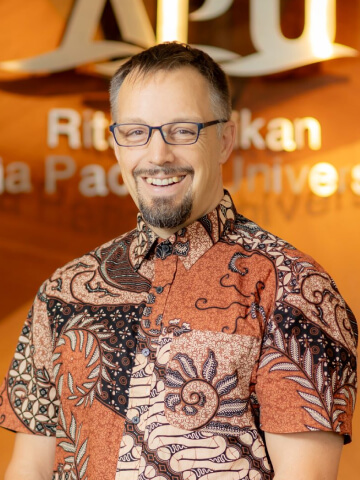
ジョーンズ・トマス
立命館アジア太平洋大学(APU)サステナビリティ観光学部教授。イギリス出身。留学生として来日し、2010年に東京大学で博士号(農学)を取得後、明治大学ライム研究科 (公共政策大学院)特任講師を経て現職。研究テーマは、保護地域の企画・管理、持続可能なライフスタイル、環境政策など。日本の自然公園(北アルプス、富士山、阿蘇くじゅう国立公園など)やアジア各地の自然保護地区で管理・運営・利用の意識調査を実施。最近は、スノーモンキーやイルカ島をはじめとしたワイルドライフ・ツーリズムに関心を持っている。






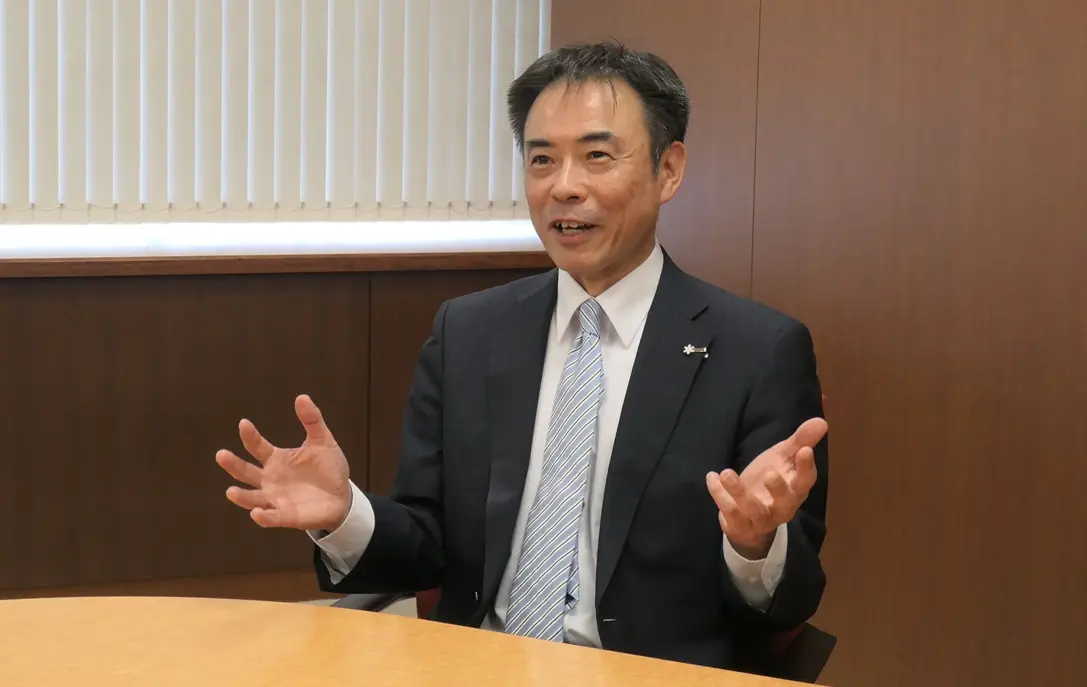

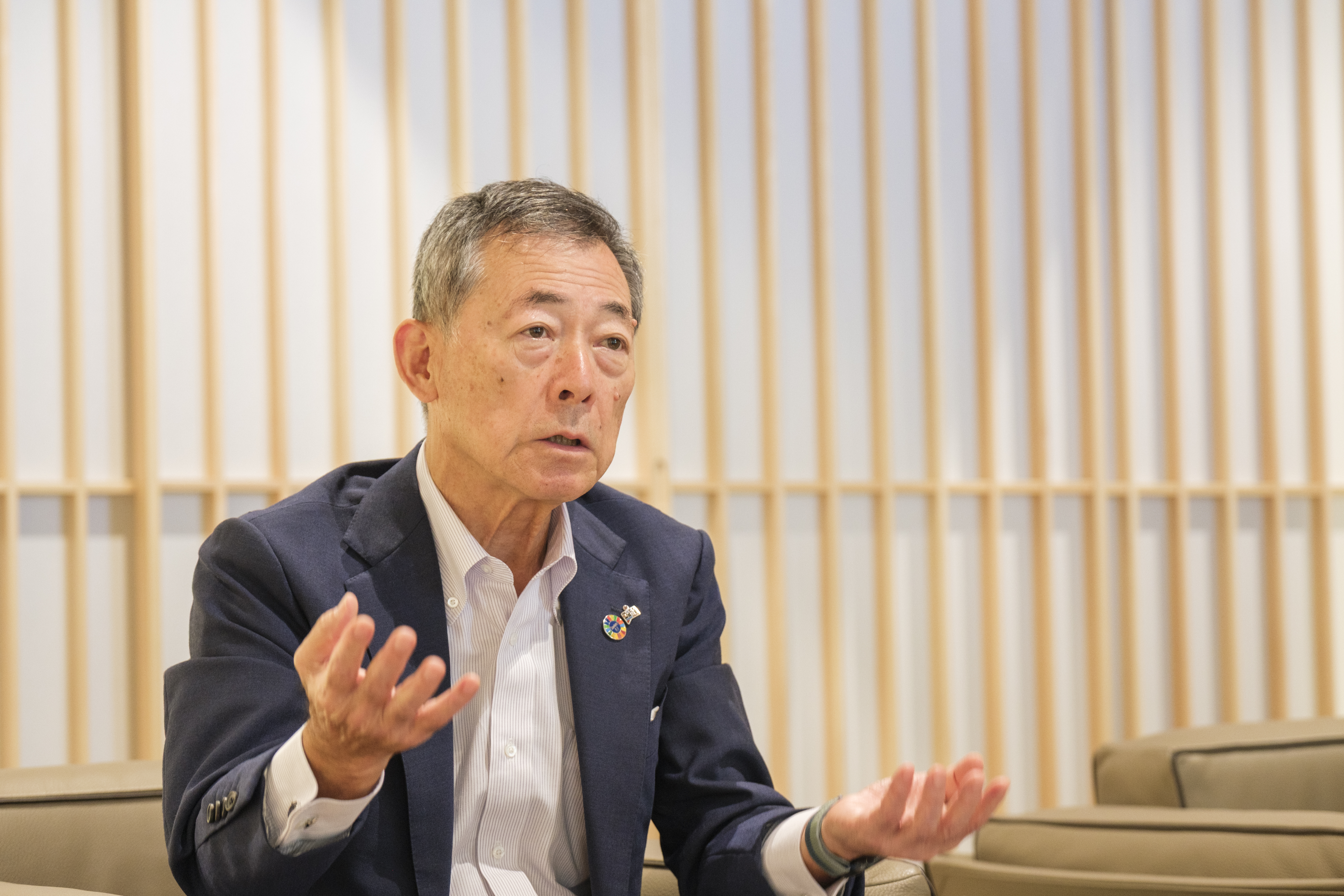
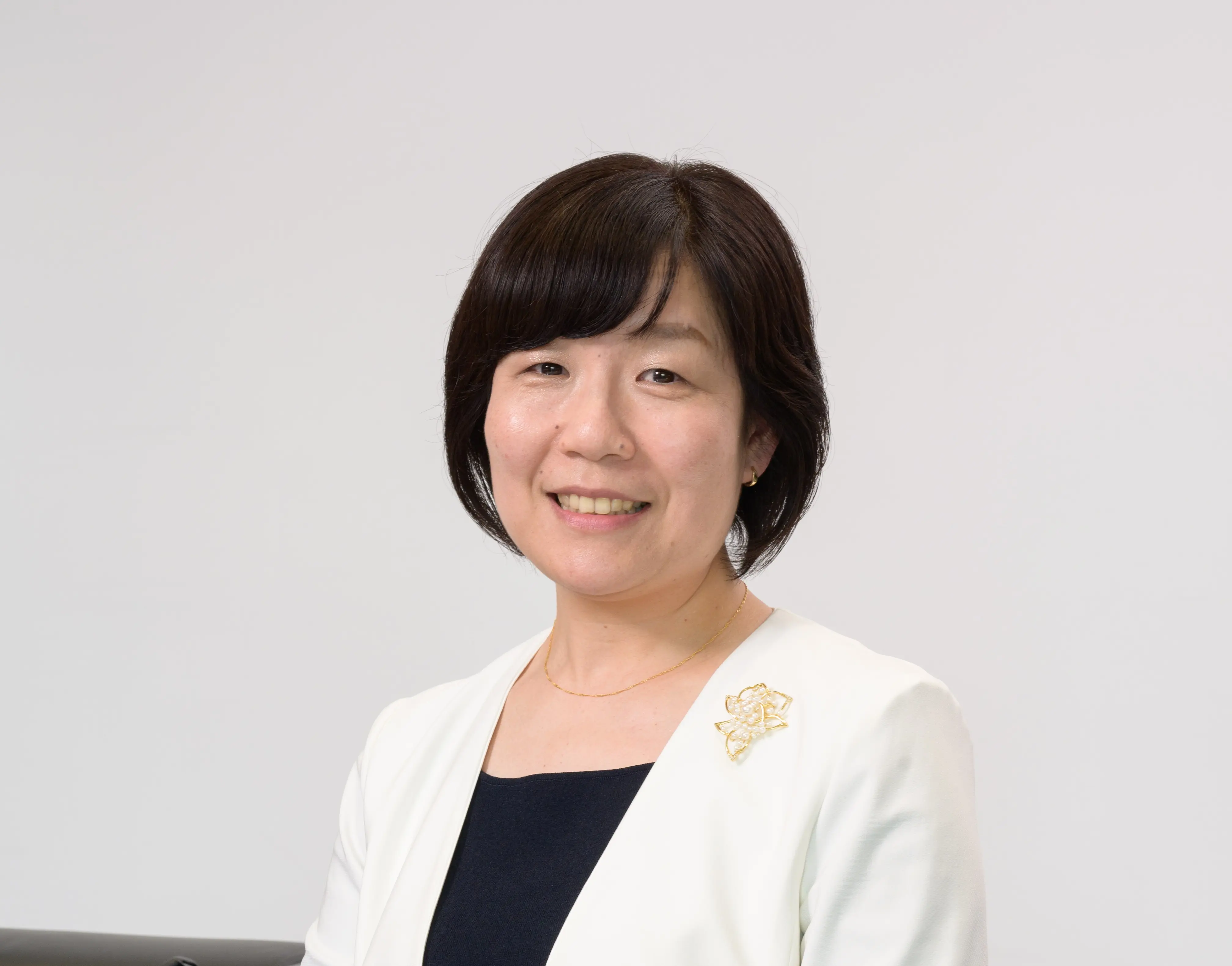
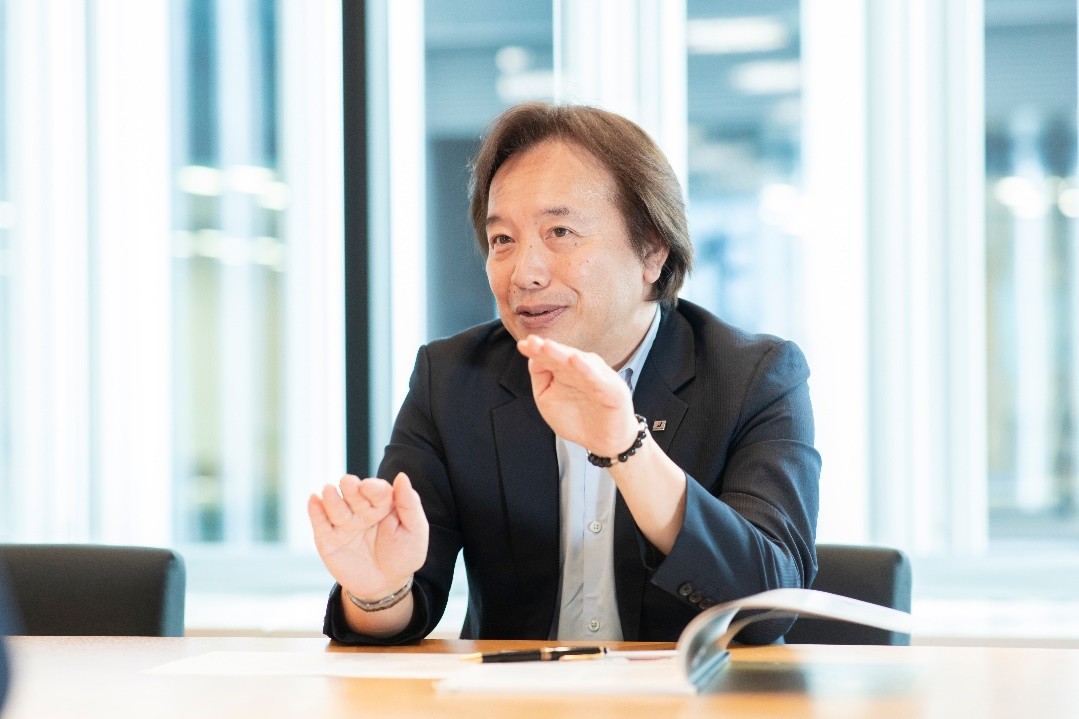
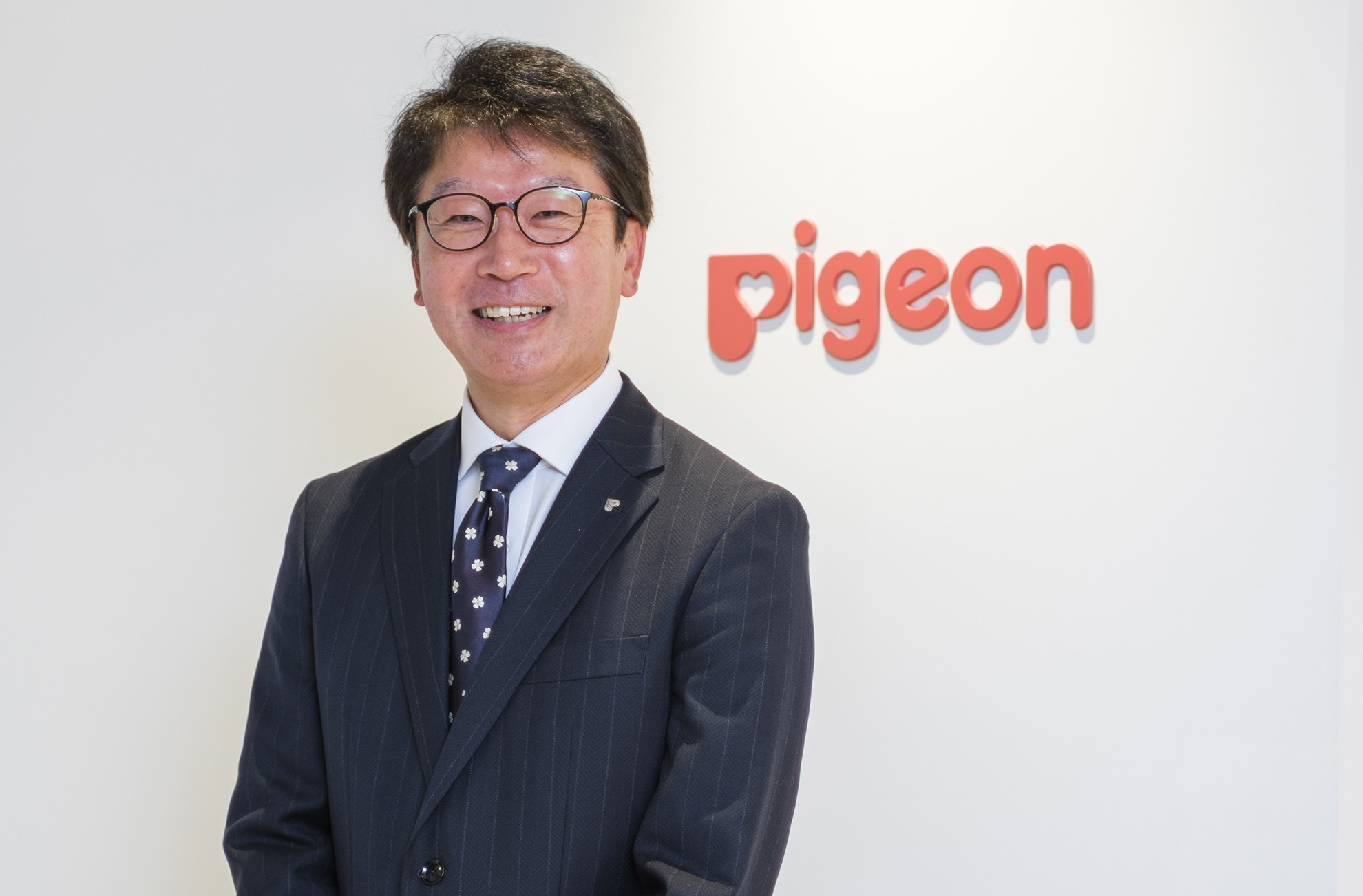
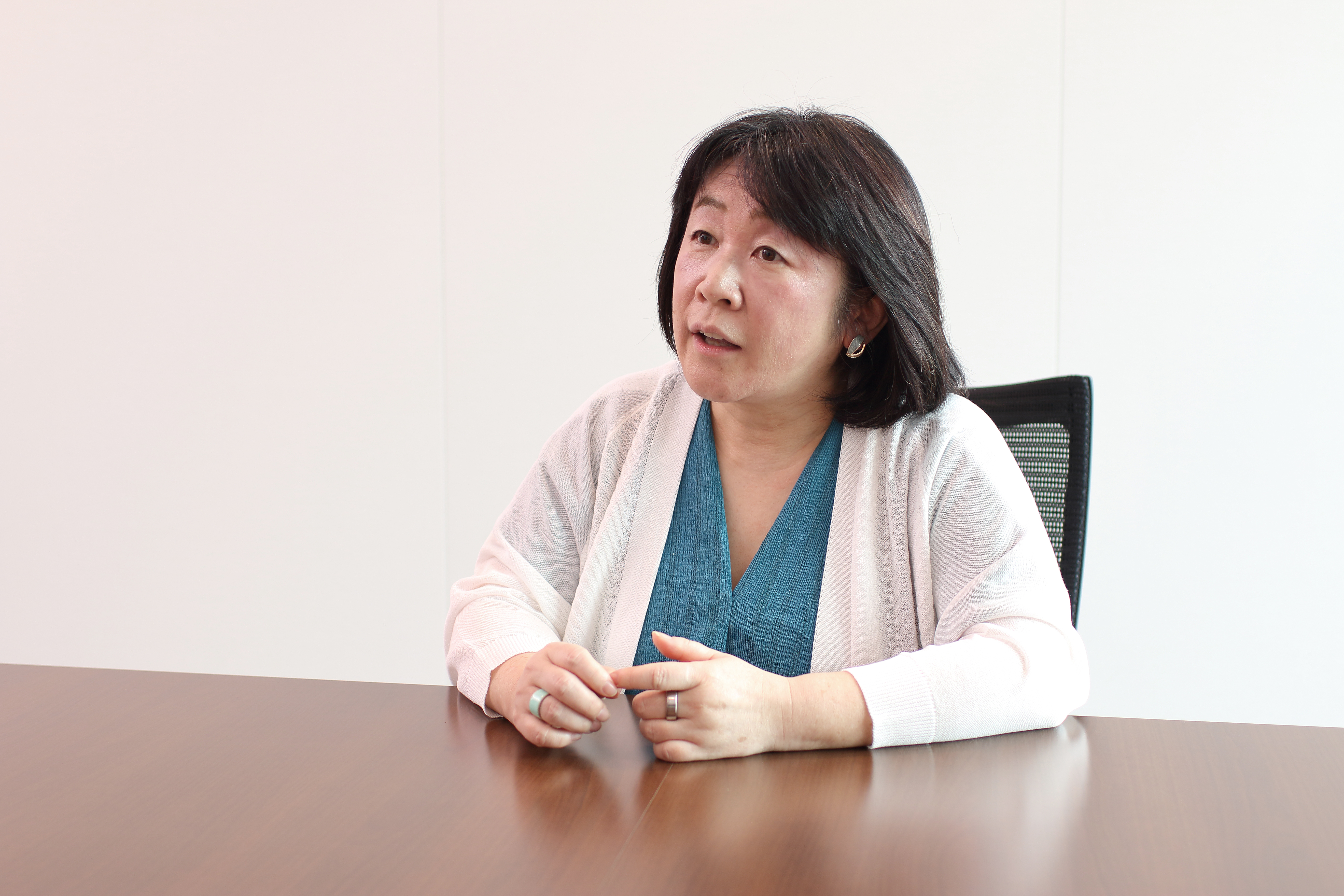
-1-scaled.jpg)
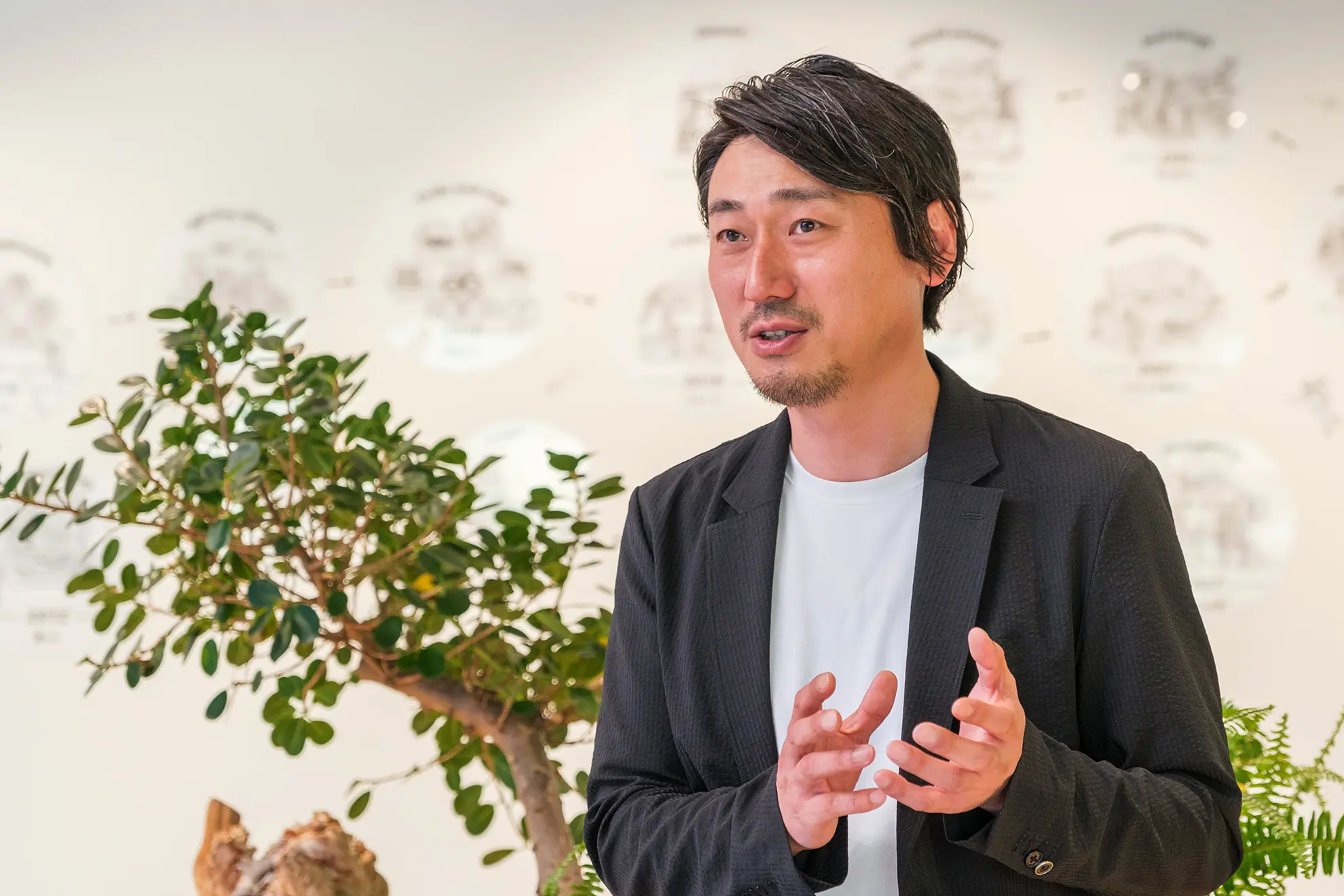
-scaled.jpg)




